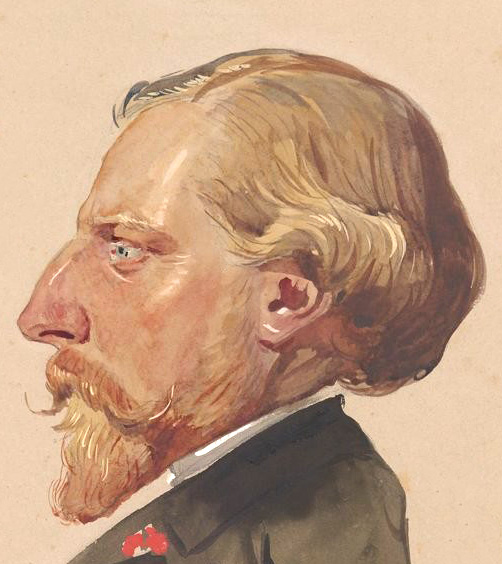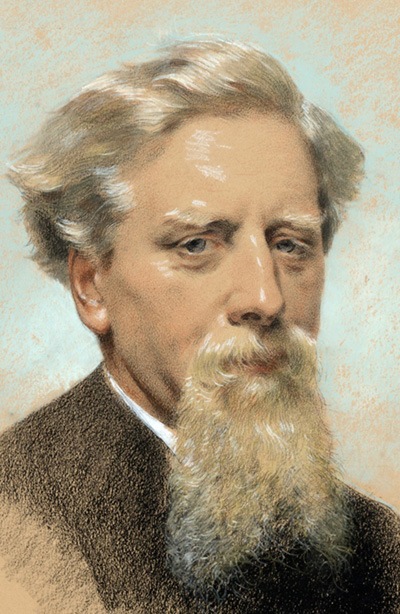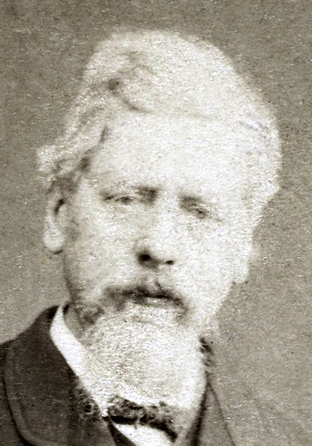Sebastien-Charles Giraud (1819 – 1892), painter
1st image: Soirée; 2nd: caricature by Eugène Giraud, drawn at a vendredi-soiree on April 13, 1860; 3rd: by Eugène (1877); 4th: by Thiersault (c.1880).
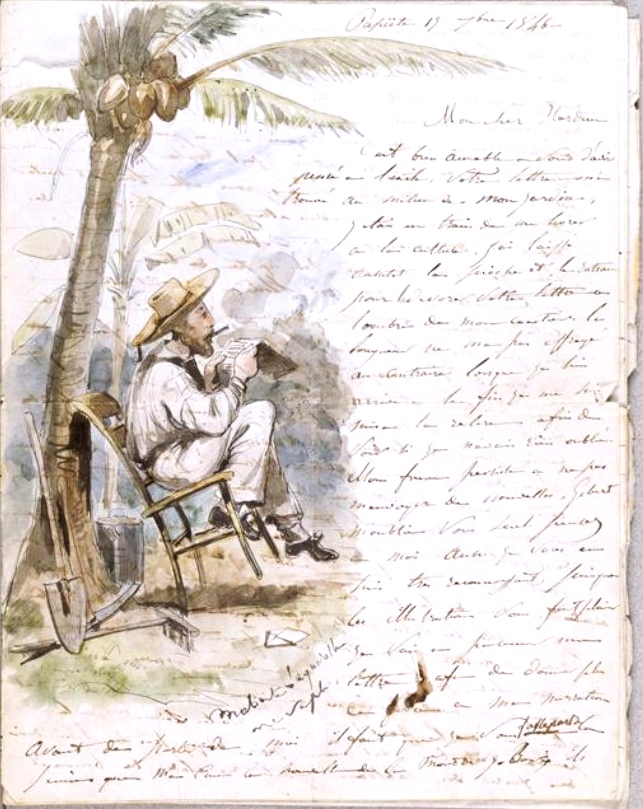
Sebastian-Charles Giraud became famous for his drawings during his travels with a French military convoy from Cherbourg via to South-America (Rio de Janeiro) to Tahiti to visit queen 'eye-eater' Pōmare IV (1842 – 1847). His commissioned painting of the queen was presented at the Salon in 1853.
The many idyllic artworks of this “Isle of Love” (no longer idyllic after most of the population had died from European diseases) attracted painter Paul Gauguin in 1891 to live and paint there.
Charles' drawings from exotic places caused King Louis Philippe to award him the Chevalier title of the Legion d’Honneur at the young age of 28. His brother Eugène only received this medal in 1851.
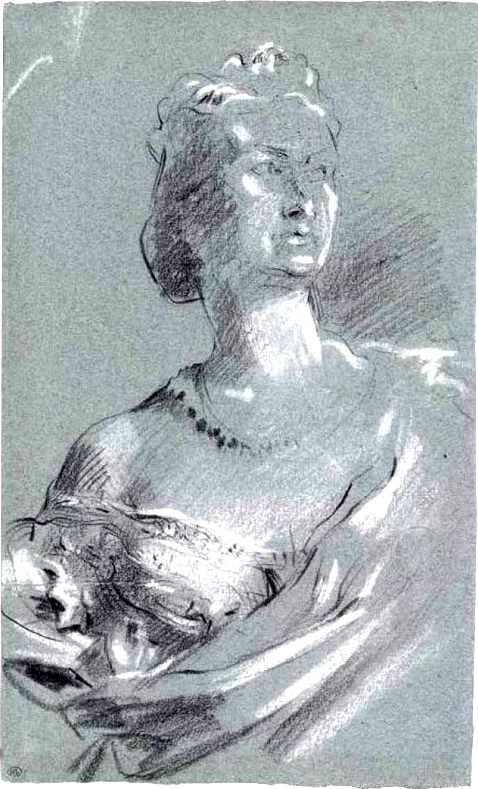
Why did Charles, younger brother and pupil of Eugène Giraud11, end up near the curtains in the background?
The two brothers were inseparable and attended many Parisian parties together.
They also were very close with princess Mathilde Bonaparte, the emperor’s cousin and partner of count de Nieuwerkerke16.
Except for performers, women weren’t allowed at these vendredi-soirées, but the princess often sat behind the curtains in the small loge on the right-hand side (aisle Marengo), behind the bust of empress Eugénie, to eavesdrop on conversations and music.
Charles’ location on the painting gives away this little secret: at this spot, he was close to his beloved princess, quietly discussing the evening program.
Between Charles’ travels, he painted interiors, including Mathilde’s private salons (1854), with great attention for details. He is also the maker of above "portrait séduisant" (seductive) of the princess.
In 1856, emperor Napoleon III invited Charles to participate in another expedition: to the North Pole.
In his memoires, Viel-Castel43 spoke with respect of the artworks of Les Girauds, but was infuriated by their continuous efforts to make money off the princess and the museum budget. Mathilde referred to Charles as ‘pauvre Giraud’ even though he owned a sizable apartment in Paris and large estate with a manor in Sannois, North of the city.
The support by the empire worked in two directions: it was Charles who testified at the birth of a boy at the house of one of emperor’s mistresses that neither the father nor the mother of the child was known: a foundling, thereby safeguarding the inheritance of the official children of the emperor and empress. Six years later, the emperor granted the young ‘parentless’ boy with a castle.
It was at his estate in Sannois that Charles died on September 30, 1892, surviving his elder brother Eugène with ten years and Eugène’s son Victor Giraud, a gifted realistic painter, with twenty years.

